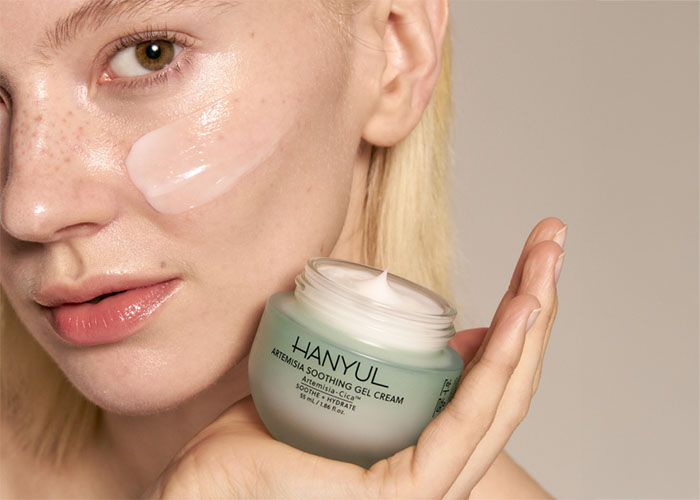TikTok’s viral hair care scare about “hair mold” has started a surge of concern. Videos showing supposed mold in locs, braids or unwashed strands have left many asking if their hair care routine is wrong. But is “hair mold” real? To uncover the facts, we asked experts to explain the trend and provide some tips for keeping your hair healthy.
What Is Hair Mold?
TikTok has made “hair mold” a buzzword, but what does it really mean? According to Eliza Pineda, an in-house hair expert at Mayraki Professional:
“Hair mold is a viral term, not a scientific one. It describes the buildup that happens when hair isn’t dried properly. What people are seeing isn’t actual mold but a mix of product residue, sebum, dead skin and fungal overgrowth.”
In reality, hair doesn’t host mold like you’d find on old food or damp walls. Instead, poor scalp hygiene or prolonged dampness can form an environment where bacteria and fungi thrive. This can lead to irritation, itchiness and a flaky scalp—symptoms that may be mistaken for “mold.”

So Why Does It Happen?
Hair texture, density and styling choices all play a role in the likelihood of experiencing buildup. Dense hairstyles like locs, braids and protective styles can make it harder for hair to dry thoroughly, especially after washing or exposure to moisture.
According to Kameese Davis, CEO and Founder of Nylah’s:
“This is particularly common in tightly styled hair like locs and braids, where airflow is limited. To prevent buildup, always be sure your hair is completely dry after washing or sweating. Use a hooded dryer or a blow dryer on a low setting if needed, and avoid overloading your hair with products that trap moisture.”
Davis also emphasizes the importance of regular scalp maintenance:
- Thorough cleansing to remove dirt, product buildup and oils.
- Proper drying techniques to avoid prolonged dampness.
A consistent hair care routine is essential for keeping these styles clean, healthy and free of unwanted buildup.

What Role Does Wet Hair Play?
Does sleeping with wet hair or air drying instead of blow drying lead to “hair mold”? Experts say it depends on your hair type and routine.
According to Kameese Davis:
“While rare, repeatedly sleeping with wet hair or leaving it damp for long periods without ventilation can increase the risk of buildup, especially for hair types and styles that limit airflow, like locs and braids.”
Eliza Pineda explains further:
“Moist environments are breeding grounds for bacteria and fungi. Sleeping with wet hair slows the drying process, keeping it moist for hours, which can cause irritation, itchiness and dandruff. Air drying works for some hair types, but thicker, less porous hair often benefits from blow drying.”
Expert Tips:
- Thicker hair: Blow drying can help prevent moisture from lingering too long.
- Thinner hair: Air drying is usually fine, as it dries more quickly.
- Protective styles: Always ensure your hair is completely dry before going to bed to minimize the risk of buildup.

The Science of Scalp Microorganisms
Hair isn’t a host for mold, but your scalp is home to an active ecosystem of microorganisms. Here’s what you should know:
- Malassezia Yeast: This naturally occurring fungus thrives in oily, damp conditions. Overgrowth can lead to dandruff and seborrheic dermatitis.
- Staphylococcus & Streptococcus: These common bacteria can irritate or infect the scalp when its natural balance is disrupted, especially if the hair is frequently damp.
- Aspergillus & Penicillium: These environmental molds—found in damp fabrics or surroundings—could transfer to the scalp, but it is rare.
Dampness creates an ideal environment for microorganisms to thrive, leading to symptoms like irritation, flaking and unpleasant odors. These issues are likely the real culprits behind the “hair mold” scare, making proper drying and scalp care crucial.
How to Avoid “Hair Mold”
Worried about buildup or scalp issues? A consistent hair care routine is the best defense. Experts recommend these tips:
1. Dry Your Hair Thoroughly: Make sure your hair is completely dry after washing—no matter your hair type. For dense or thick hair use a hooded dryer or a diffuser to speed up drying evenly.
2. Care for Protective Styles: Braids, locs and similar styles require extra attention. Keep your scalp clean and hair dry to prevent moisture from lingering.
3. Wash Regularly: Use a shampoo suited to your hair type to remove buildup from sebum, products and dead skin cells.
4. Be Careful with Air Drying: Air drying can be great for some hair types, but prolonged dampness can lead to problems. Use a microfiber towel to absorb excess water quickly and never go to bed with damp hair.
Viral trends often create more questions than answers, but turning to expert advice can help you avoid panic and focus on what your hair really needs. By prioritizing proper drying and cleansing habits, you can keep your scalp and hair healthy, no matter your style.



































